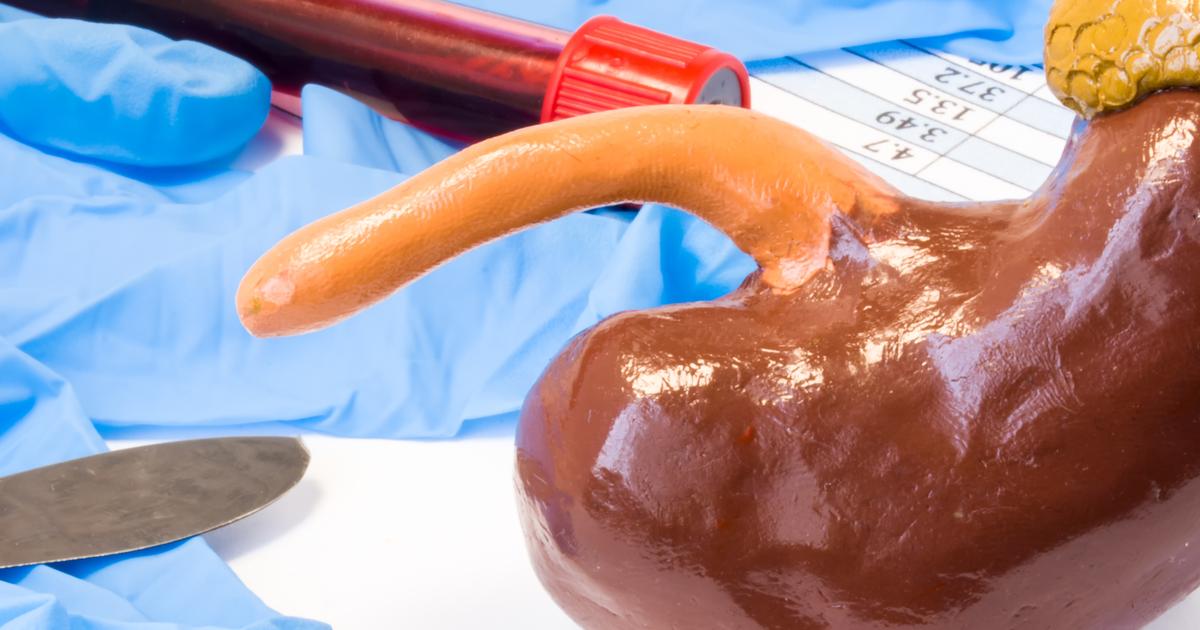Peritoneal Dialysis Explained: 10 Things Need to Know About This Kidney Treatment
Imagine your body's natural filtration system, your kidneys, struggling to keep up, or even failing entirely. It's a daunting reality for millions worldwide, leading to a critical need for blood purification. While kidney transplantation offers a long-term solution, for many, dialysis becomes a vital bridge – a remarkable process that takes over this essential function. You might be familiar with hemodialysis, where a machine outside the body cleans the blood. But what if the solution lay within you? Enter Peritoneal Dialysis, a less commonly understood yet incredibly powerful kidney treatment that harnesses your body's own abdominal lining as a natural filter. It's an ingenious, often more flexible approach to managing kidney failure. This article will unveil 10 things you need to know about Peritoneal Dialysis, demystifying this internal filtration method and shedding light on how it offers a unique path to maintaining health and quality of life.
1. How The Procedure Works

How the procedure works depends on which type of peritoneal dialysis a patient uses. Continuous ambulatory peritoneal dialysis is done manually by the individual, while automated peritoneal dialysis is done with the help of a machine called a cycler. With both methods, a special solution made of salt and other substances is transferred from a bag through a catheter into the abdomen. Once all of the fluid is in the abdomen and the bag is empty, it is disconnected so the patient can go about their normal daily activities. The fluid stays inside of the patient's abdomen for several hours to allow for the osmosis of extra fluids and waste substances from the body and bloodstream into the fluid. After several hours, the patient empties the solution augmented with wastes from the abdomen and discards it. They then empty a new bag of fresh solution into the abdomen, and then this exchange is repeated between four and six times each day. With automated peritoneal dialysis, a machine automatically performs the solution exchange process between four and six times while the patient is sleeping at night.
2. What It Helps Treat

Peritoneal dialysis helps treat damage to an individual's kidneys. The kidneys keep a careful balance of minerals and salts in an individual's blood for the body to successfully maintain a healthy state of homeostasis. The minerals and salts that depend on the kidneys for regulation include phosphorus, potassium, calcium, and sodium. An individual's kidneys are also responsible for the production of certain hormones that help keep blood pressure at a healthy level, production of red blood cells, and maintenance of the strength of an individual's bones. When the kidneys can no longer perform one or more of these important functions, the individual is considered to have kidney disease, or in severe cases, kidney failure. Kidney failure results in numerous life-threatening complications, including heart disease, anemia, high blood pressure, loss of bone, excessive itchiness, and malnutrition. Treatment of kidney disease and kidney failure with the use of peritoneal dialysis can help extend a patient's life and relieve many of their symptoms.
